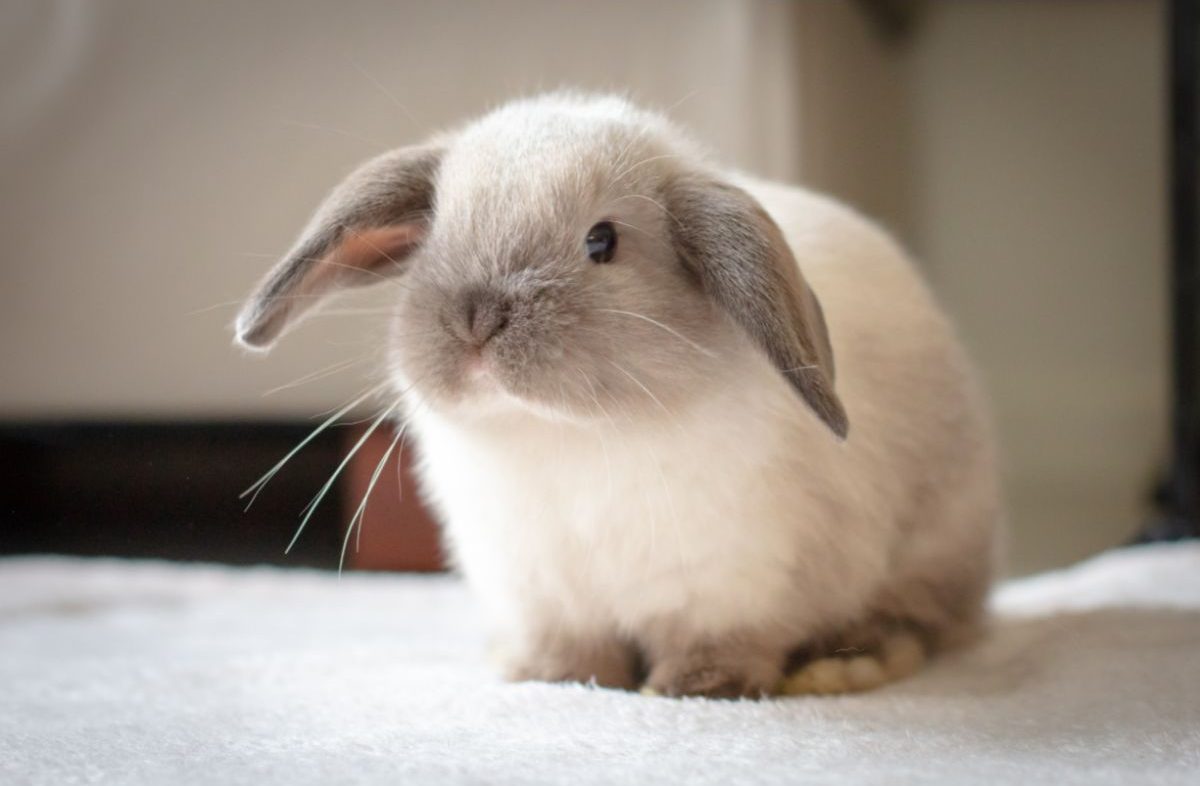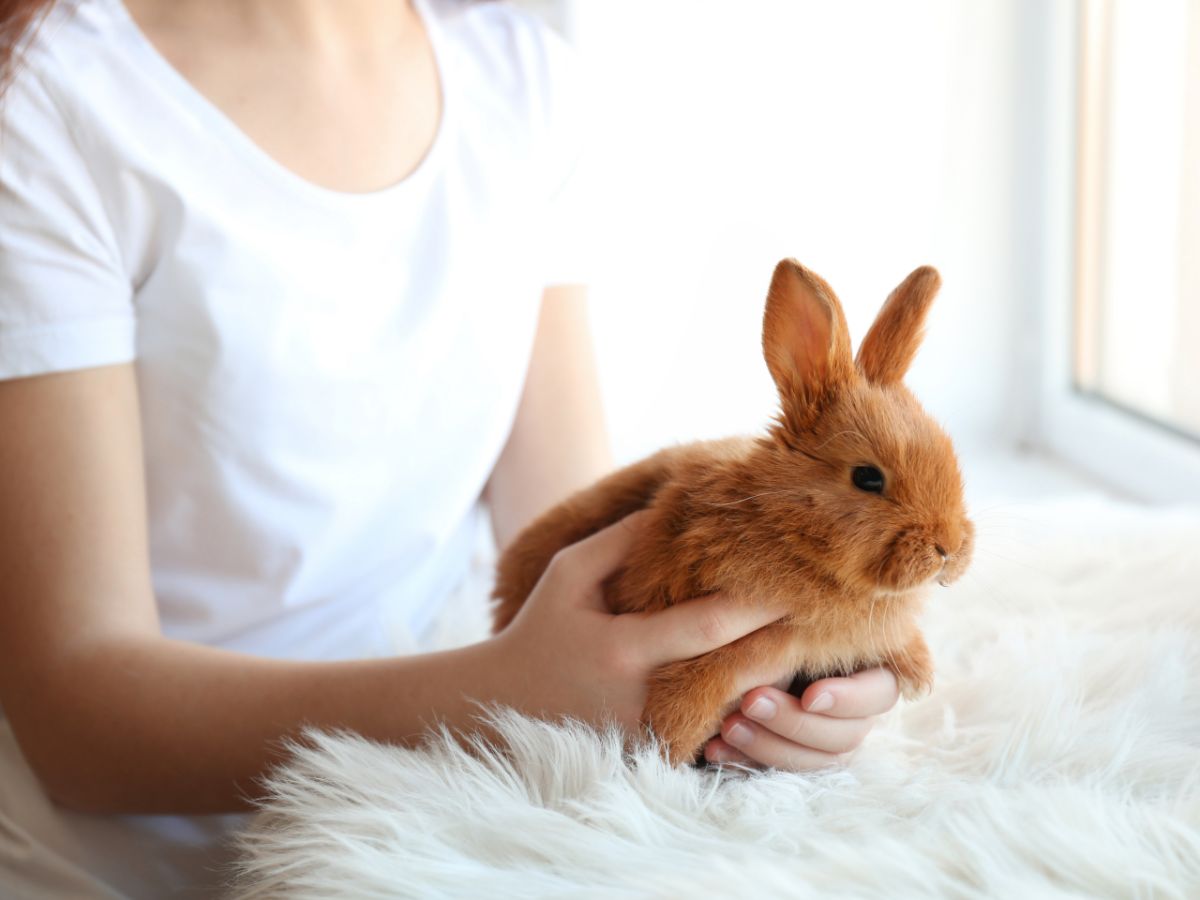Every rabbit can get ear mites; however, being around infected animals, whether in a pet store, a rescue center, or a home with multiple rabbits, increases the risk of getting the disease. In addition, exposure to mite eggs deposited in bedding materials like grass, straw, or wood chips can also increase the risk of infection. So, can you treat ear mites yourself, or do you need a vet?
Treat ear mites with anti-parasitic or topical medications like Xeno or Ivermectin. In addition, Psoroptes Cuniculi “ear mites” prefer to reside in rabbit’s ears and can cause infection, and these parasites are very contagious. Therefore treat the infected rabbit and its living environment.
Early warning signs can help ensure that your rabbits get the proper care they need as soon as possible. In addition, as a responsible owner, you should learn how to examine your rabbits’ ears to identify infections and prevent the spread before they develop into a breakout.
Contents
Treatment Of Ear Mites And Rabbit Care
There are different things you can do to treat ear mites, and there are things that you have to avoid. However, you don’t have to go to the vet whenever you find ear mites in your rabbit’s ears. So, let’s have a look at the treatment of ear mites.
What Medication To Use For Ear Mites In Rabbits
Injections of anti-parasitic medication or topical treatments are both viable options for treating ear mites. However, the treatment must continue for longer than three weeks to be effective, given that mites can live for up to 21 days.
Xeno: For rabbits, Xeno should be the first choice for treatment because the FDA has approved it, and it is effective. Other products may be suitable, but because they lack licenses, they haven’t conducted the same rigorous testing on rabbits as Xeno. You apply it topically to the skin of the rabbit.
Ivermectin: the effective treatment for ear mites is the Ivermectin family of medications. A series of treatments is required to remove a new generation of mites after they have hatched but before they can lay eggs.
You can apply it to the rabbits topically to the shoulder skin, which is a suitable spot. The active ingredient kills the ear mites once passed through the circulatory system. The first dose is given two weeks after the second, and so on.
To avoid giving the rabbit too much medication, it is critical that you weigh the animal and carefully follow the dosage instructions. If the rabbit doesn’t re-infect itself with the mites, the drug should effectively eradicate them.
Antibiotics: You need to see a veterinarian if you’re hesitant about what to do or if the infection is too severe. For bacterial ear infections, your veterinarian will most likely prescribe antibiotics.
Bunnies that show discomfort may also be prescribed anti-inflammatory medication by their veterinarian. X-rays are sometimes required to check for pus accumulation in rabbits with an infection of the middle or inner ear.
What Causes Ear Mites In Rabbits
Psoroptes Cuniculi, a tiny mite that prefers to live in rabbits’ ears, can cause an infection in the rabbits. Rabbits can become infected if they encounter eggs hidden in their bedding, which could be made of hay, straw, or wood chips. The infection can spread even if the mites are only present in the ear.
The Psoroptes Cuniculi Parasite is highly contagious, so it is necessary to treat not only the infected rabbit but any other rabbits that come into contact with it and to thoroughly clean and treat the environment where it lives.
Prevent Ear Mites: Keep The Rabbit’s Environment Clean
Rabbits can spread ear mites to each other through close contact. As a result, it is critical to treat every rabbit in the house. Furthermore, because the parasite can spread quickly from one rabbit to the next, you must thoroughly clean the area where the rabbits live to avoid another infection.
Replace the bedding in the cage with shredded paper bedding that you can throw away after removing and disposing of all organic material, including wood and paper products. It would be best if you always kept the cage disinfected; nothing that has not been thoroughly cleaned and sanitized should be reintroduced into the rabbit’s environment while the treatment is ongoing.
Combs, brushes, and other personal grooming items must be discarded or meticulously cleaned before reusing. In addition, both the run and the cage must be cleaned and sanitized.
What Not To Do To Remove Rabbit Ear Mites
A severe ear mite infestation will cause the rabbit’s ear canals to become scaly and to discharge. Don’t try to remove the surface crust. Using excessive force to remove this debris will undoubtedly result in skin damage, pain, and bleeding.
After treating the underlying ear mite infestation for one to two weeks, the debris will begin to lift away. Mineral, coconut, olive, or almond oil can be injected into the ear canal to ease the itching. After a few days, you can remove some stubborn debris with a damp cloth; however, this is not necessary.
Avoid using over-the-counter medications that are not suitable for rabbits. For example, insecticides harmful to rabbits include pyrethroids and pyrethrins, the primary active ingredients in many commercial mite-control products. In addition, toxic effects, including neurological side effects like loss of coordination, seizures, coma, and death, can occur in rabbits under certain circumstances.
Recognizing The Symptoms Of Ear Mites In Your Rabbit
When your rabbits’ ears are in good health, understanding their inner and outer structures is a surefire way to catch an infection early on. The primary symptom of this condition is the appearance of skin scales inside the ear. Eventually, the scales thicken and form crusted lesions, surrounded by thinning hair.
Hearing loss can occur if the lesions in the inner ear are not treated and the infection spreads. Itching or scratching at the infected ear is a common symptom of an ear mite infection. In addition, ear mites can irritate the ear and are often blamed for this itching sensation.
The rabbit can use his hind paws to scratch his ears. However, their long sharp toenails will cause bleeding if they scratch too much. Signs of infection include shaking the head or cocking his head to one side. Your rabbit’s ears may be red because of ear skin irritation.
The ear canal gets filled with yellow-gray scales and debris in the advanced stages of an ear mite infection. Both the waste and the discharge have become deeply embedded in the skin. If the infection spreads to the inner and middle ear, your rabbit may become unsteady and tilt its head.
The pain of chewing may cause a rabbit to stop eating, or the infection itself may cause nausea and vertigo in an infected rabbit. In addition, the discomfort your rabbit is feeling may cause it to alter its behavior in unexpected ways. For example, they may begin to grind their teeth due to this.
In rare cases, ear infections can spread to the nose and throat and cause visible discharge in the affected ear. Trust your judgment and take immediate action when you suspect an infection.
Conclusion
Psoroptes Cuniculi, a tiny mite that prefers to live in rabbits’ ears, can cause an infection in the rabbits. The Psoroptes Cuniculi Parasite is highly contagious, so it is necessary to treat not only the infected rabbit but any other rabbits that come into contact with it and to thoroughly clean and treat the environment where it lives. Injections of anti-parasitic medication or topical treatments are both viable options for treating ear mites.




